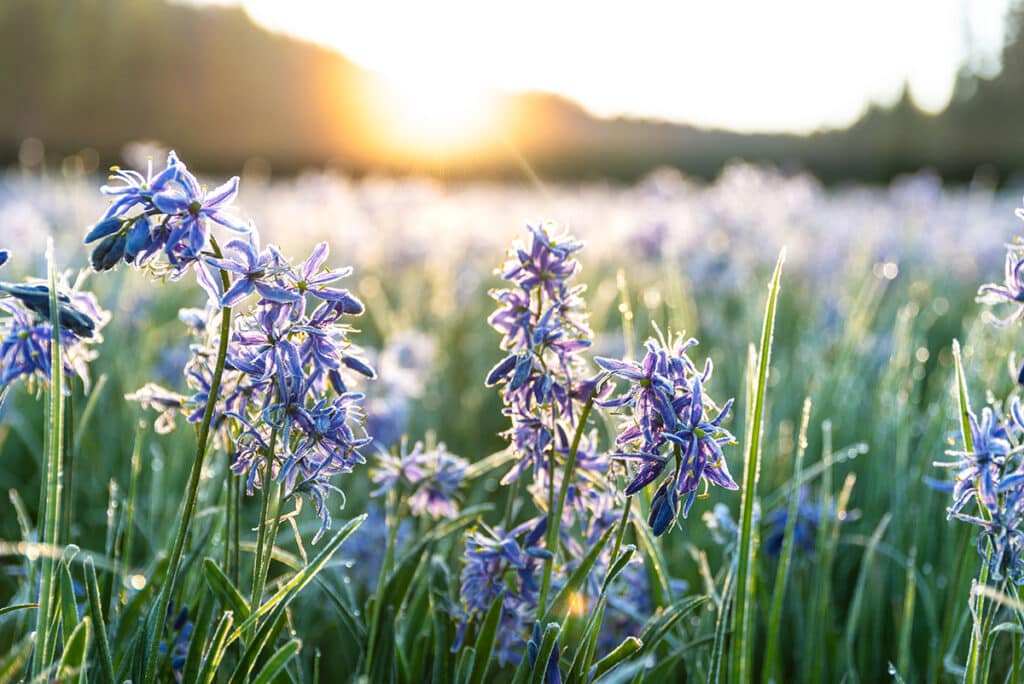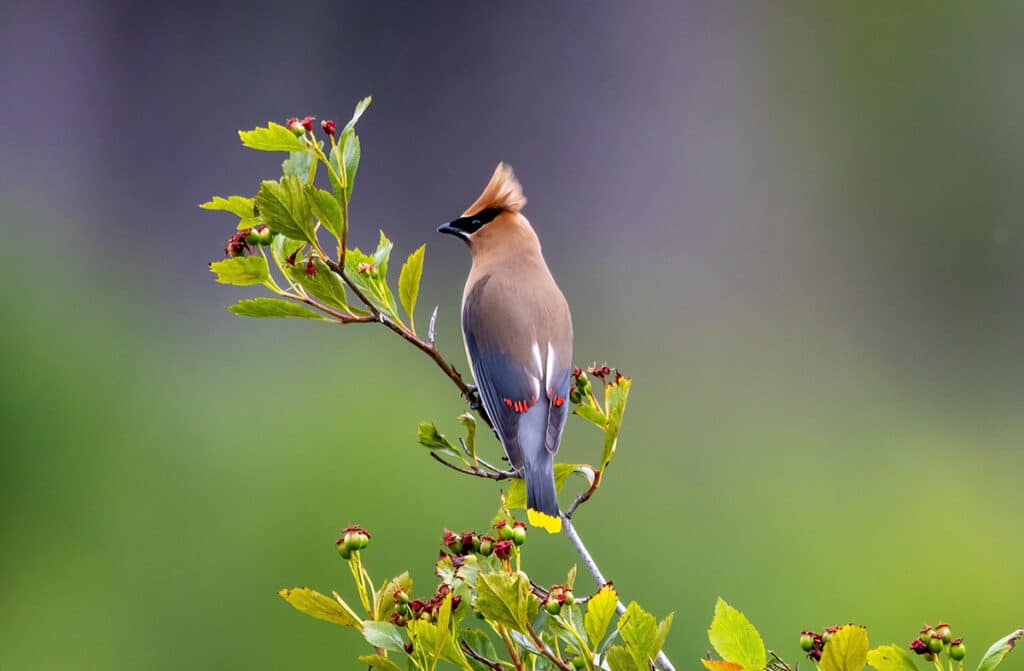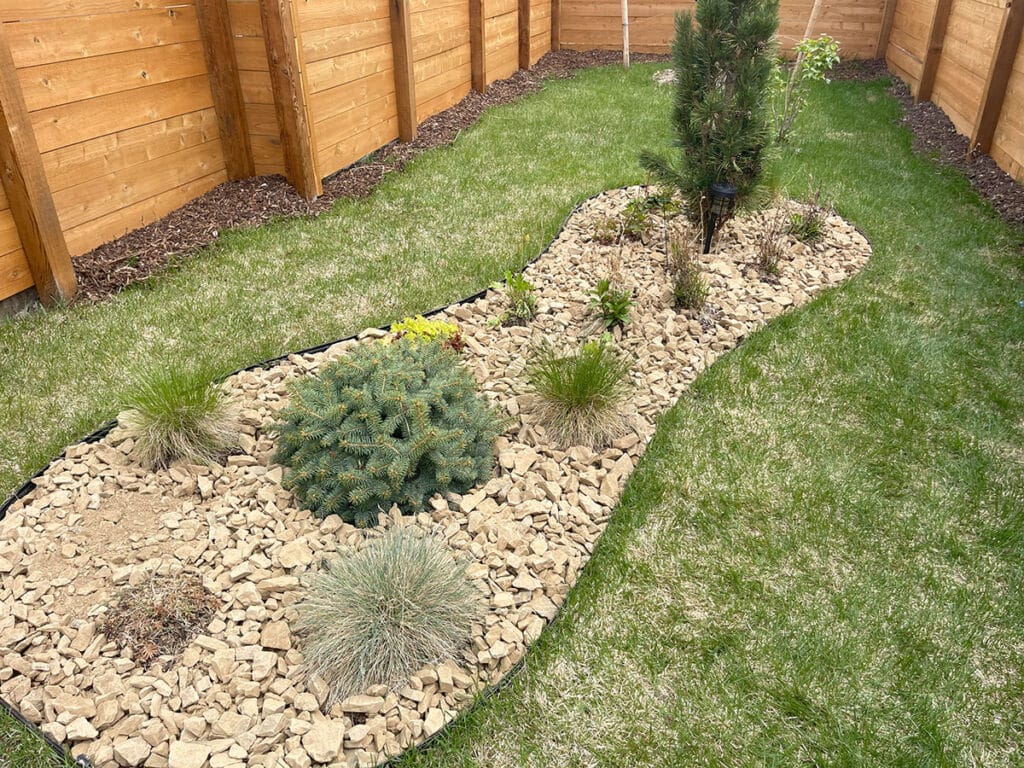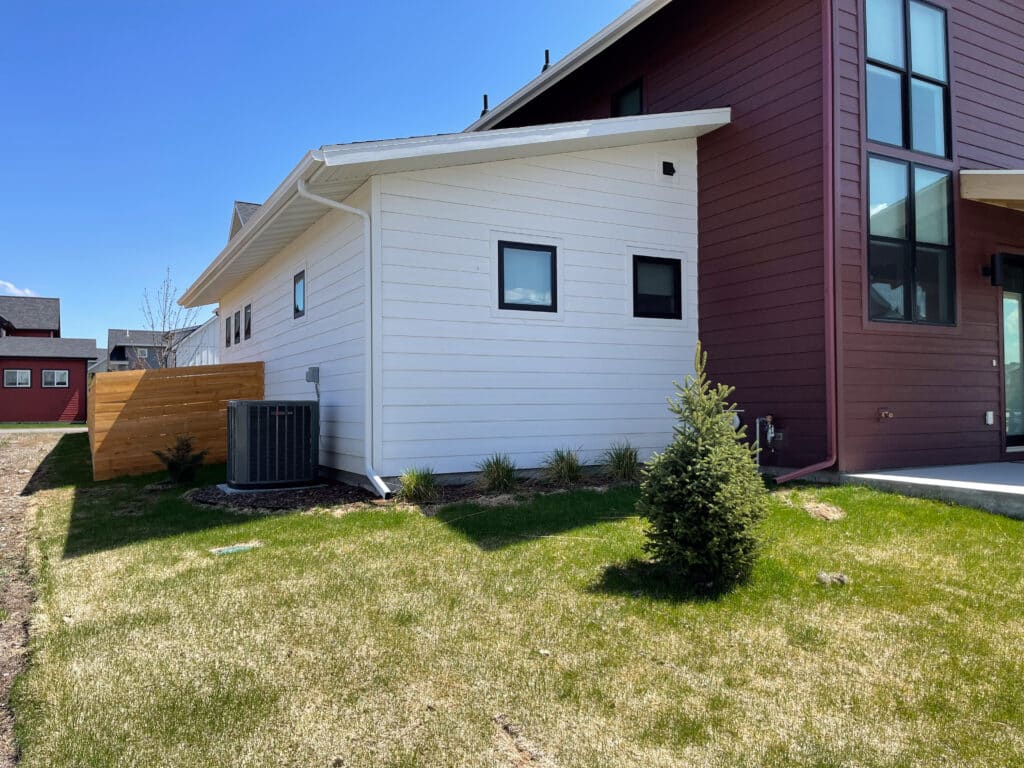Spring and fall are generally the best times for major landscaping projects, but some tasks can be done year-round.
Landscaping is a transformative journey that turns your outdoor space into a haven of beauty and functionality. However, timing is crucial when it comes to landscaping, as different seasons present varying challenges and opportunities. In this guide, we’ll explore the best times to landscape your yard, taking into account factors such as weather, plant growth cycles, and the specific needs of your outdoor space.
Seasaons
1. Spring: A Season of Renewal
Best for: Planting, Lawn Care, and Cleanups
Spring is often considered the prime season for landscaping. As temperatures rise and daylight increases, plants start to awaken from dormancy. Here’s what you can focus on during spring:
Planting: Spring is ideal for planting a variety of trees, shrubs, and flowers. The soil is still moist from winter, and the mild temperatures allow for optimal root establishment.
Lawn Care: Begin your lawn care routine by seeding, aerating, and fertilizing. Spring showers contribute to healthy grass growth.
Cleanups: Remove debris, dead plants, and winter mulch to make way for new growth. Prune flowering shrubs after they bloom.

2. Summer: Thriving in the Sun
Best for: Hardscaping, Outdoor Living Spaces, and Maintenance
Summer brings warmth and extended daylight hours, creating an ideal environment for outdoor activities. Consider the following during the summer months:
Hadscaping Projects: Undertake projects like building patios, decks, or walkways. Dry weather allows for efficient construction and curing of materials.
Outdoor Living Spaces: Enhance your outdoor living areas with comfortable furniture, lighting, and accessories.
Maintenance: Regularly water your garden and lawn, and mulch around plants to retain moisture. Prune flowering shrubs after their summer blooms.
3. Fall: A Season of Transition
Best for: Planting, Lawn Renovation, and Cleanups
As temperatures cool down, fall presents another opportune time for landscaping activities. Take advantage of the following:
Planting: Plant trees and shrubs in early fall, allowing them to establish roots before winter. Consider adding fall-blooming perennials.
Lawn Renovation: Overseed your lawn to repair bare patches. Fertilize to strengthen the grass before winter.
Cleanups: Rake leaves, cut back perennials, and clean up garden beds. Consider adding a layer of mulch to protect plants during winter.
4. Winter: Planning and Preparation
Best for: Planning, Designing, and Site Preparation
While winter might not seem like an active landscaping season, it offers a valuable opportunity for planning and preparation:
Planning: Use the winter months to brainstorm ideas, create designs, and plan for upcoming projects. Research and order materials in advance.
Designing: Work on your landscaping designs, considering the layout, plant selections, and hardscaping elements.
Site Preparation: Clear any remaining debris, address drainage issues, and prepare the soil for spring planting.
Consider Your Region’s Climate
The best time for landscaping can also depend on your region’s climate. In warmer climates, landscaping activities may be possible year-round, while colder regions may have a shorter growing season.
Final Thoughts
The best time to landscape your yard depends on your goals, the specific needs of your outdoor space, and the climate of your region. By understanding the unique opportunities and challenges each season presents, you can plan and execute your landscaping projects with precision. Whether you’re adding vibrant plants, creating outdoor living spaces, or maintaining your lawn, choosing the right time ensures optimal results and a flourishing landscape year-round. Happy landscaping!



